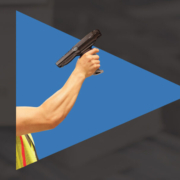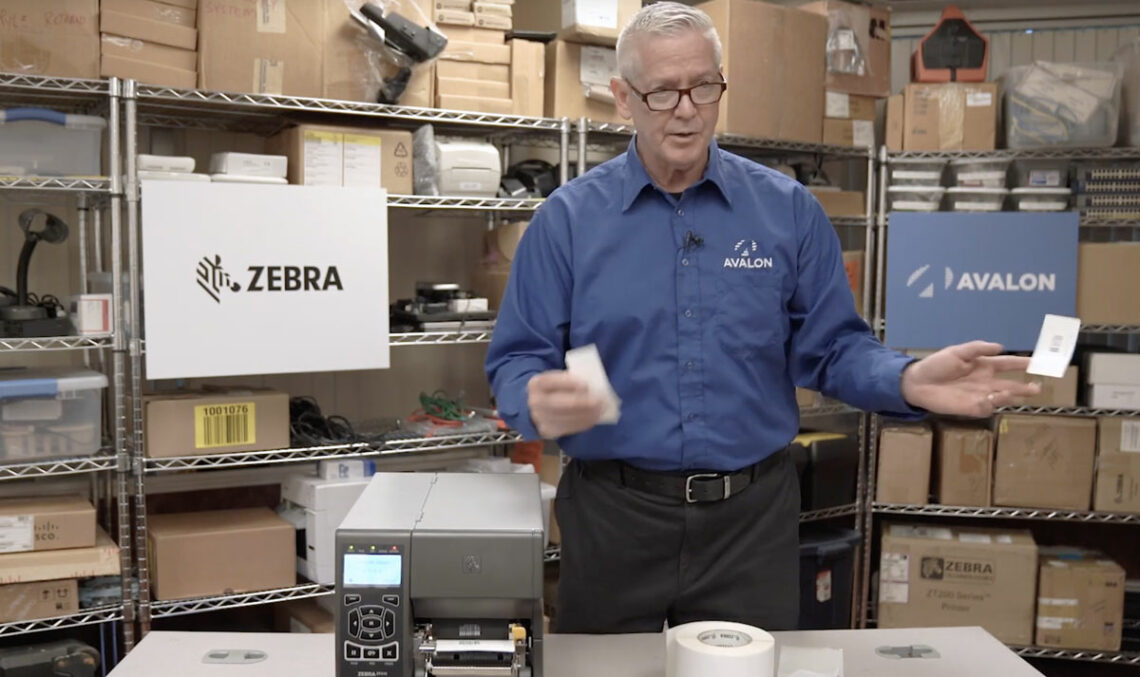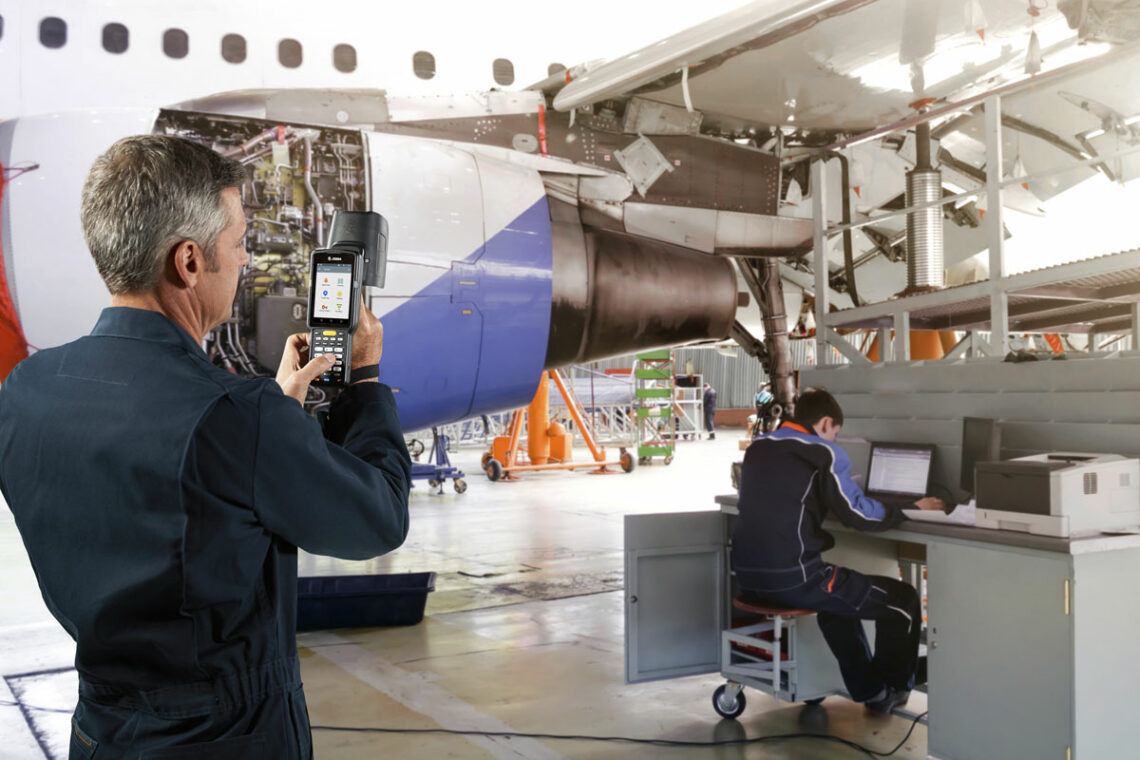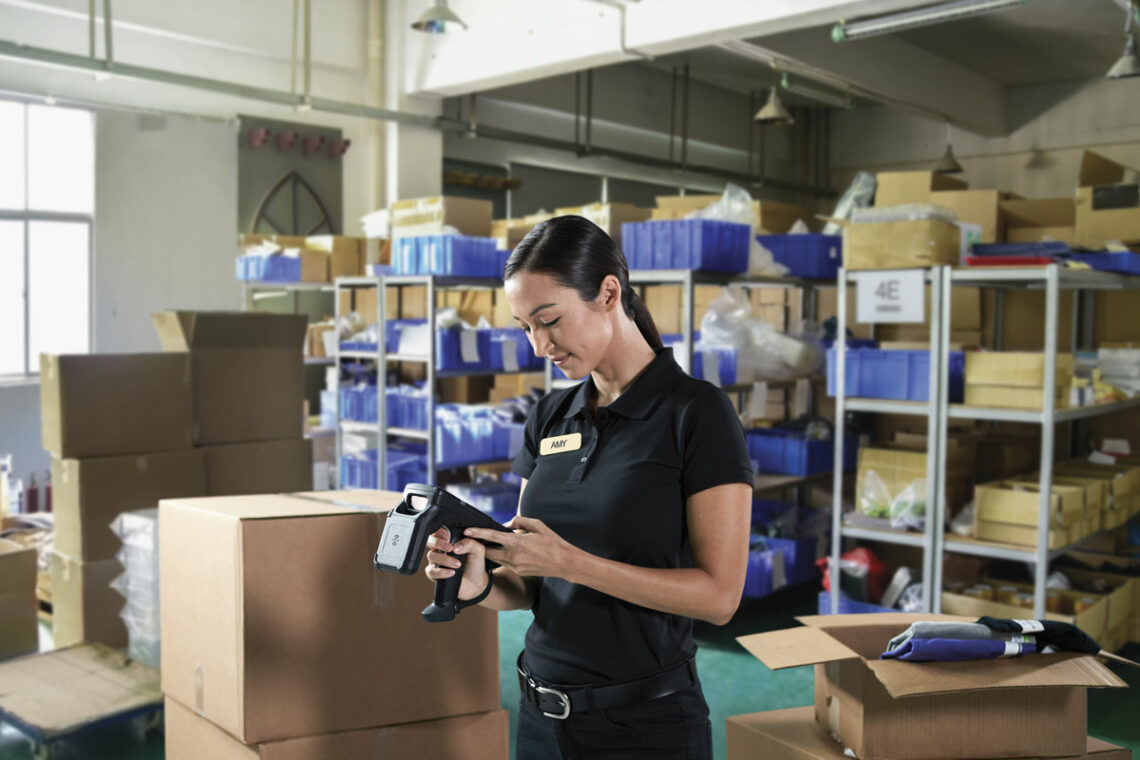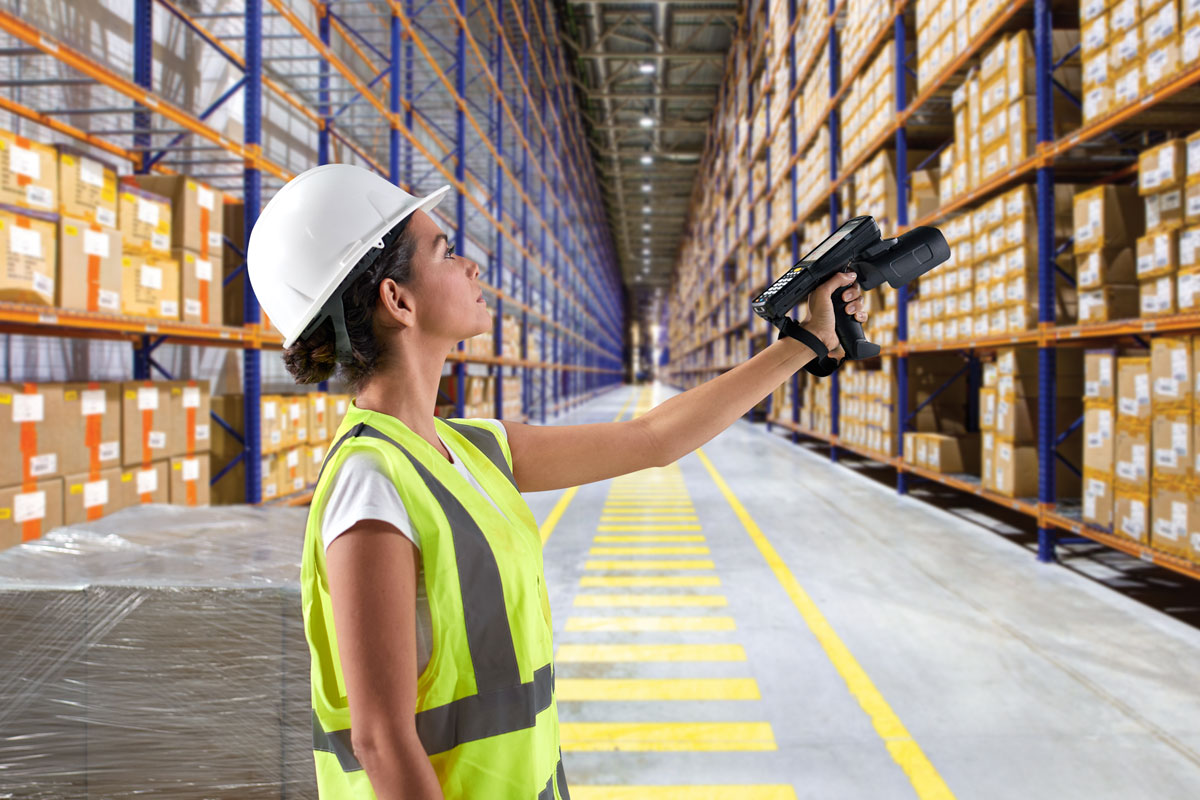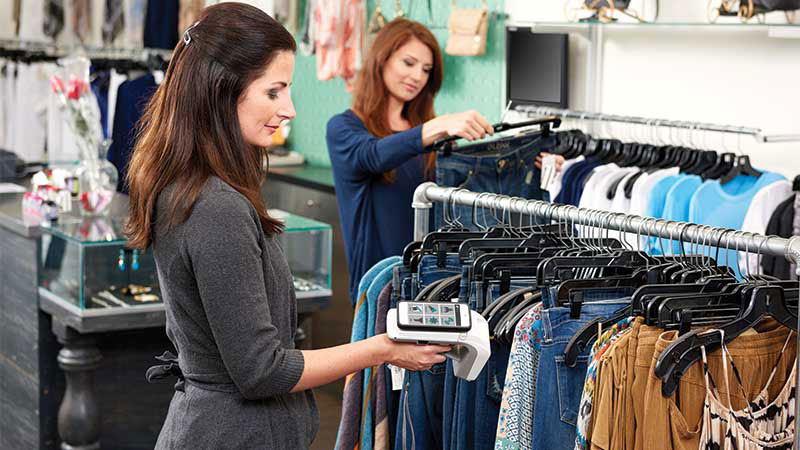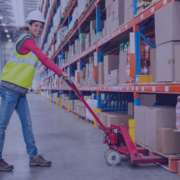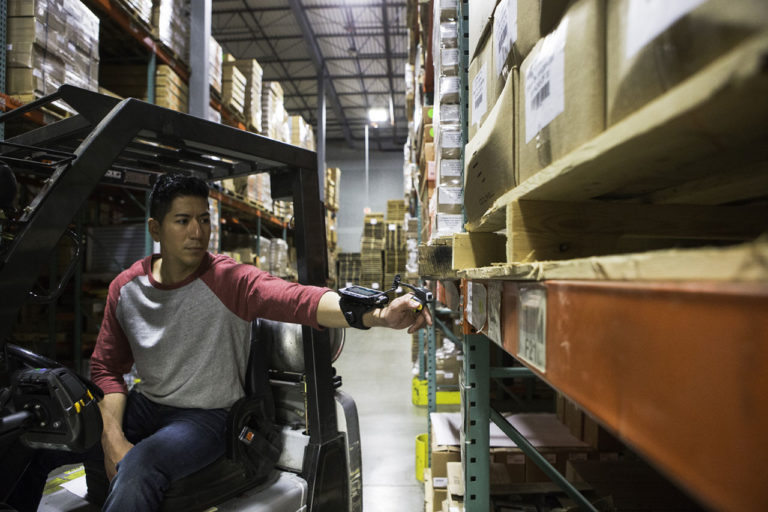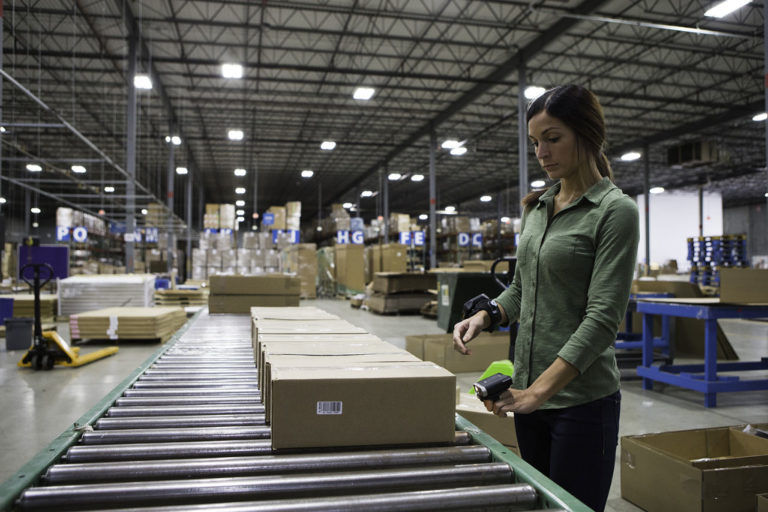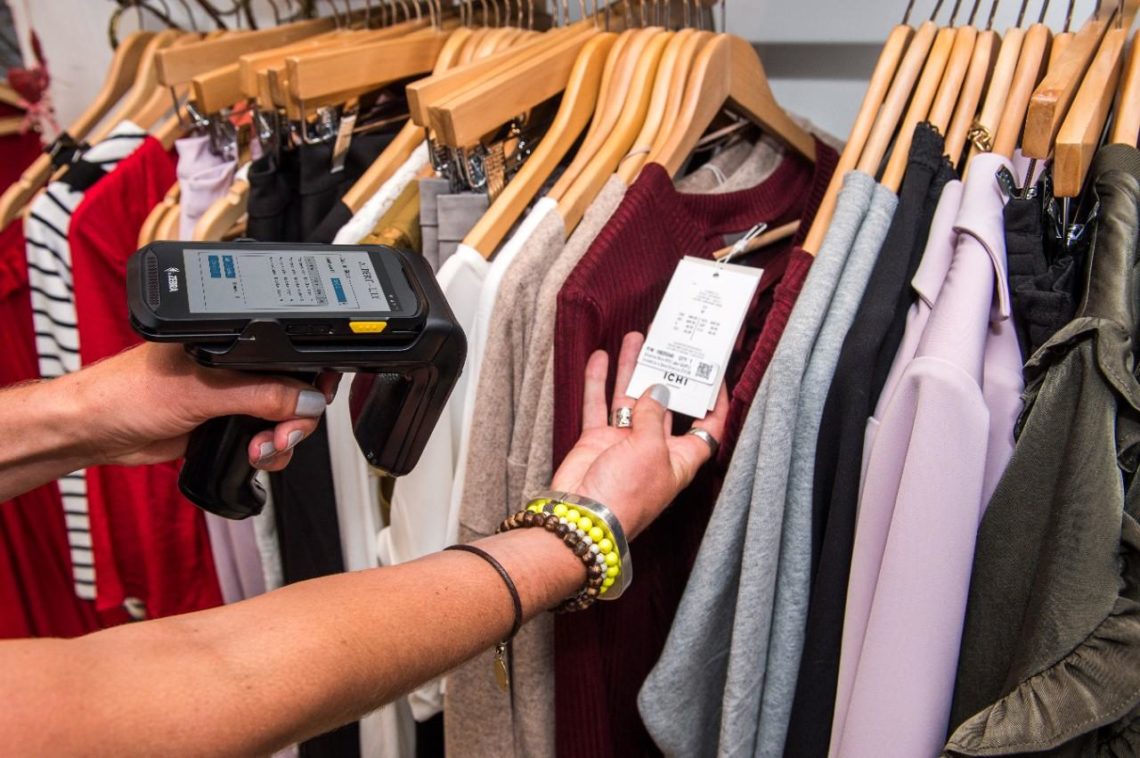Today’s supply chains are fast, but in a world where you can have designer shoes delivered by a flying drone in less than 30 minutes, the question remains: How much faster can the modern workflow get? Between new delivery services, changing social platforms, and revolutionary technology, the on-demand market becomes increasingly more demanding as customers expect faster service.
Serving a wide range of clients across the U.S., Avalon Integration is well aware of the increasing demands made on today’s warehouses. Integrating solutions in businesses both big and small, we can share tips and hints on how warehouses across the globe are turning fast into faster.
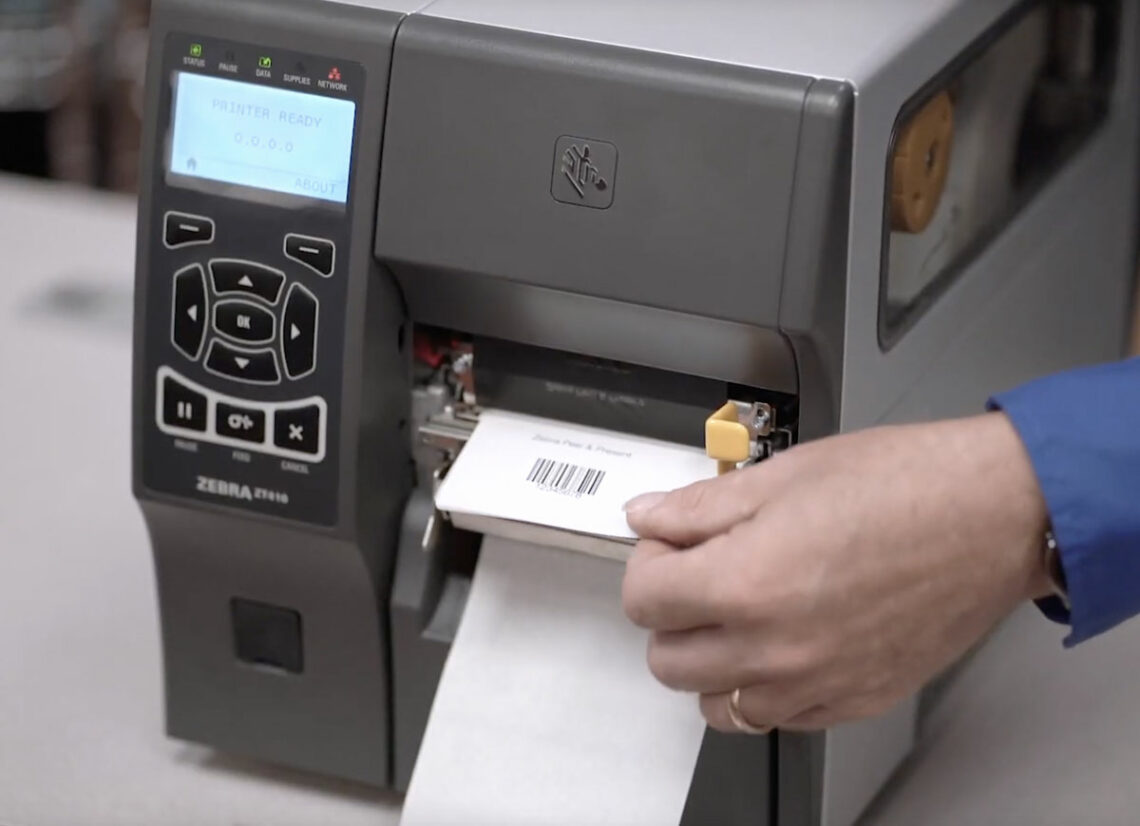
Every Change Counts
Since there are several shapes and sizes to today’s warehouses, it’s only natural that several optimizing strategies have gained popularity worldwide. A few common strategies include:
- Moving closer to customers – While costly and generally reserved for larger enterprises, moving warehouses and distribution centers closer to customers drastically reduce shipping times, giving companies a higher competitive edge. Furthermore, changes within the U.S. economy (import tariffs, lower tax rates, etc.) have also driven companies to consider new warehouse locations, possibly contributing to the 3372 new private warehouses built within the last decade alone.
- Investing in automation – Reducing inaccurate order processing from picking to shipping, automated workflows can save companies millions of dollars from return fees, lost assets, and human error. Automation leader, Zebra Technologies reports that 61% of warehouses are already equipping workforces with automated processes designed to maximize accuracy and productivity without overworking employees. Moreover, less worker stress leads to lower turnover rates, saving operations from costly downtime and employee burnout.
- Expanding inventory visibility – Integrating small changes, such as environment-resistant labels or large-scale RFID solutions, allows workers to quickly locate assets. This ultimately decreases wait times while capturing actionable data. From long-range readers to the latest RFID on-metal solutions, Avalon partners with Zebra to provide an end-to-end visibility solution that elevates productivity.

- Maximizing worker mobility – Faster supply chains mean your workers are moving faster throughout the warehouse. Consequently, crucial warehouse technology much is ergonomic and versatile enough to preserve mobility. Devices such as Zebra’s MC9300 or TC77 are perfect examples of how multiple functions can be combined into one ergonomic device, helping workers complete different tasks without hauling several devices with them.
- Simplifying “easy” operations – Lastly, in a supply chain, every little task counts; therefore, efficiency should never be spared. In other words, just because something works doesn’t mean it can’t be better. For example, small tasks such as label application can be optimized to cut time spent labeling. Want a closer look? Check out the video below:
Innovation always continues to move forward. While we may not be able to build a brand-new warehouse, Avalon Integration can build optimization strategies centered on your workflow challenges. Stay ahead of the on-demand market when you start your optimization solution with the leaders in efficient innovation.

